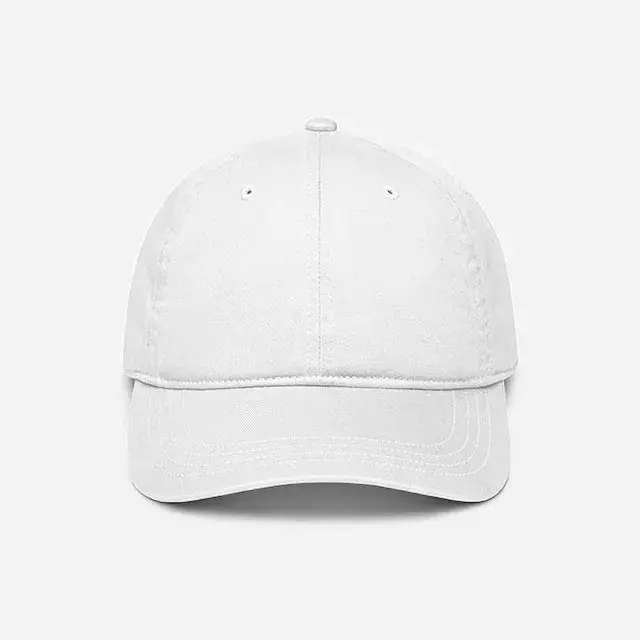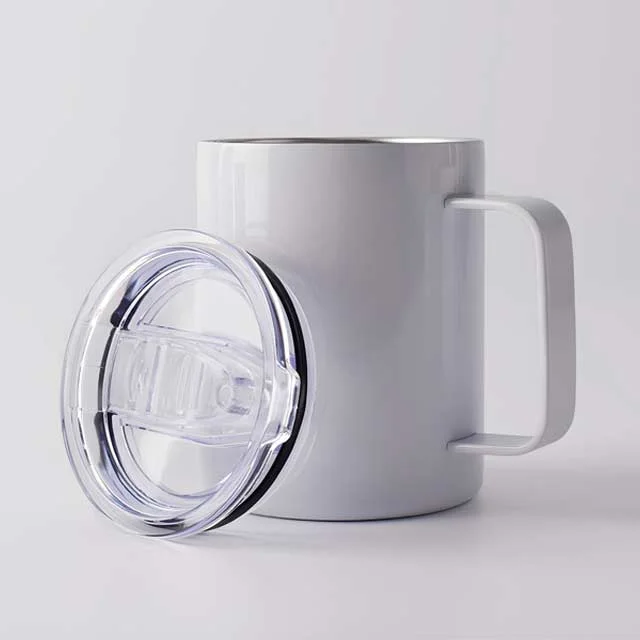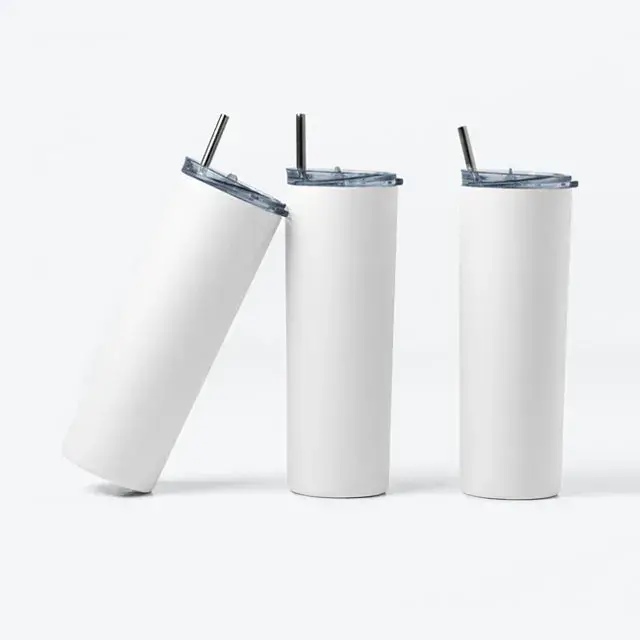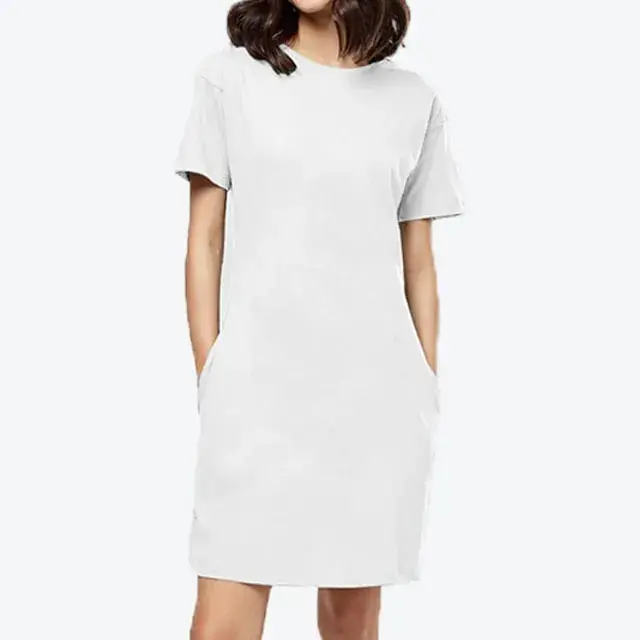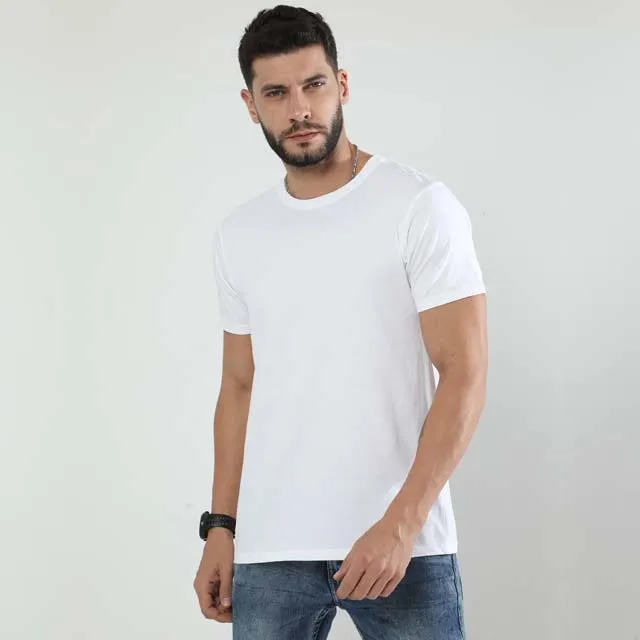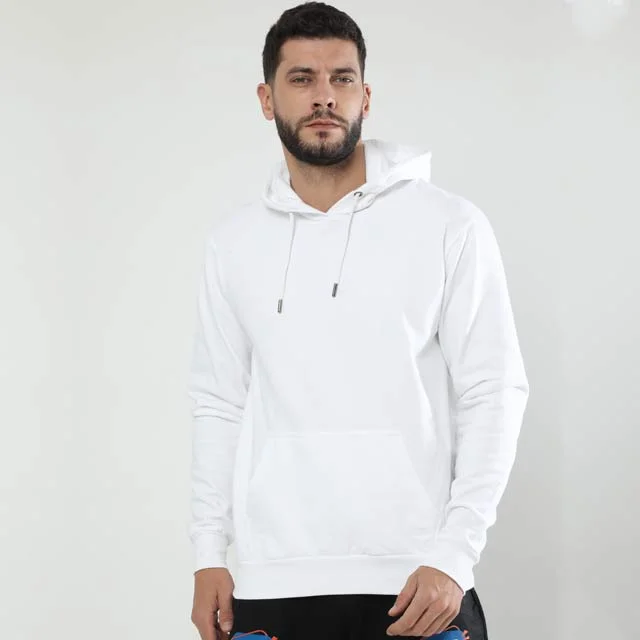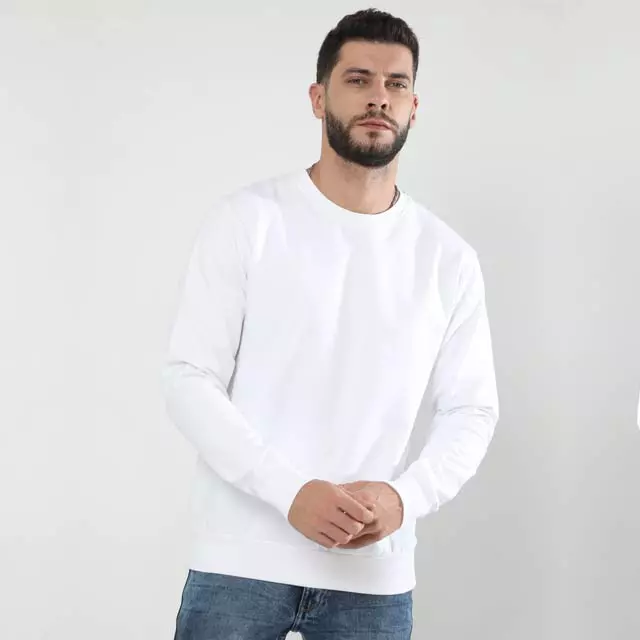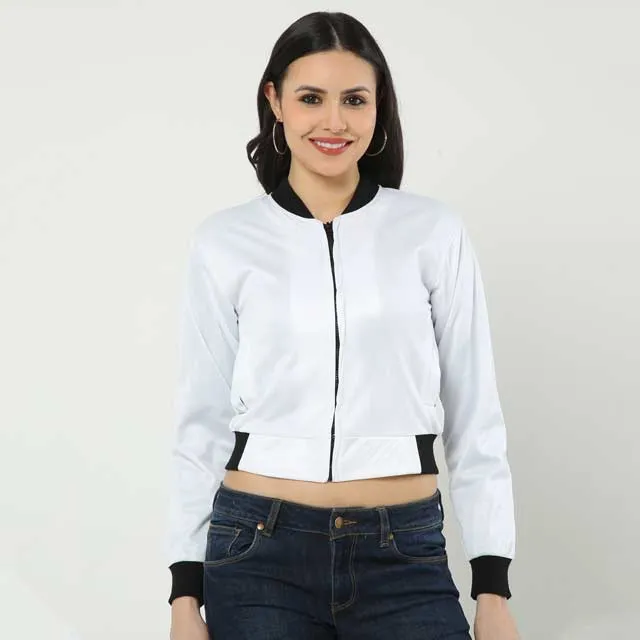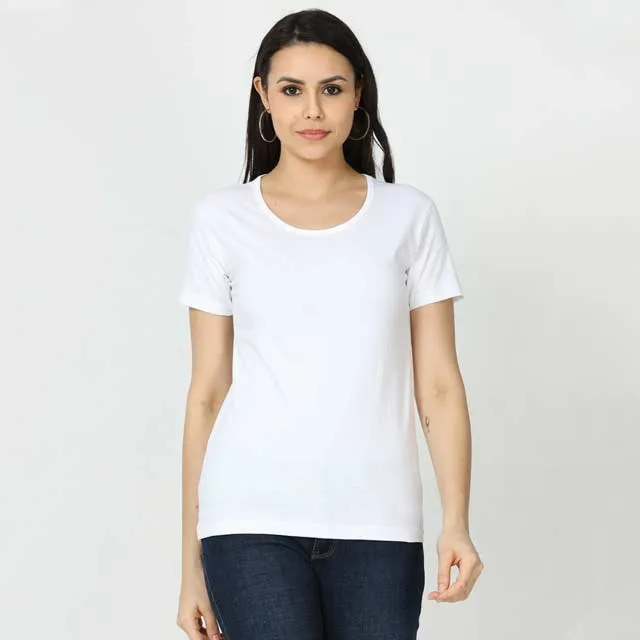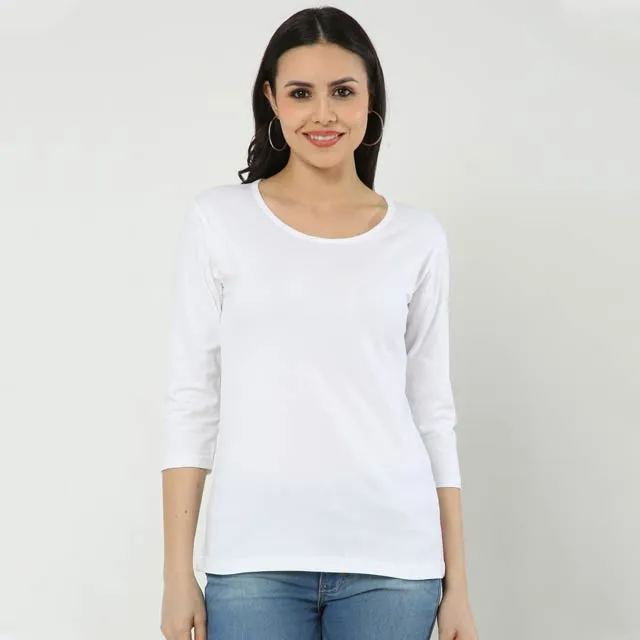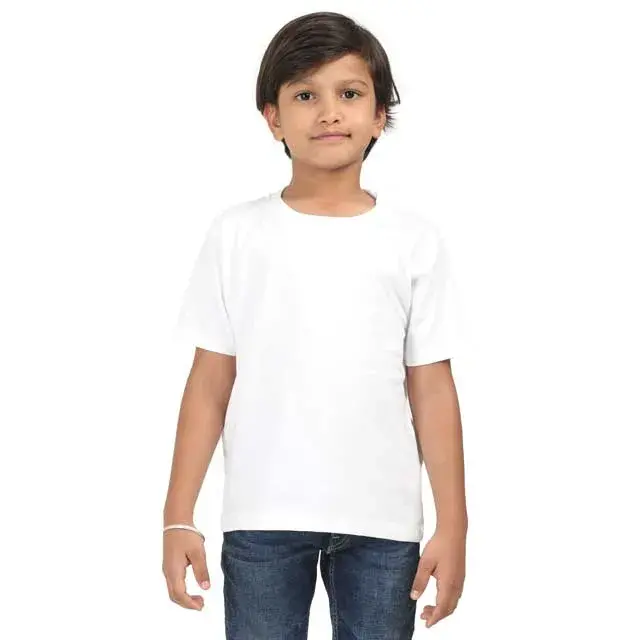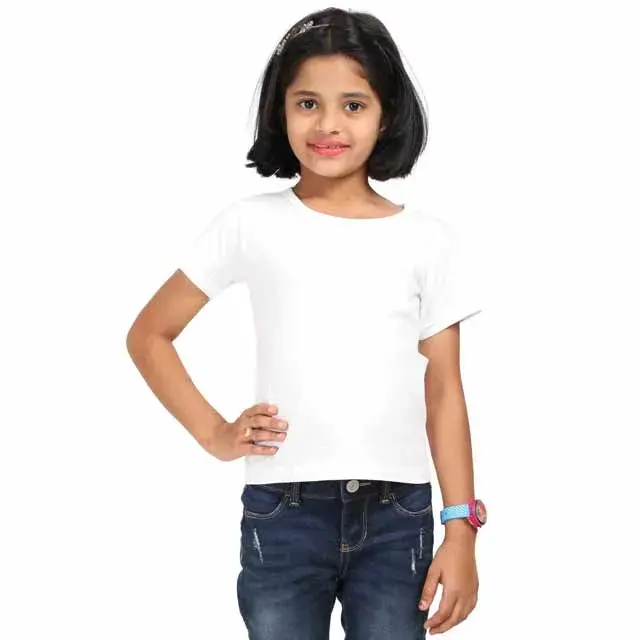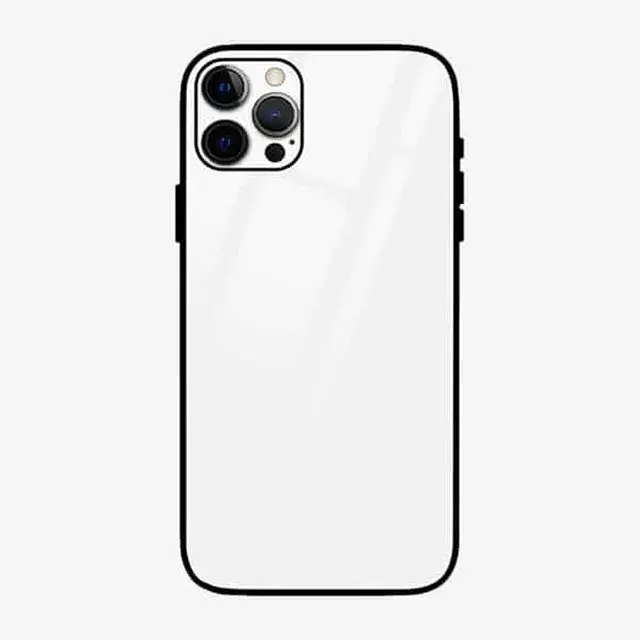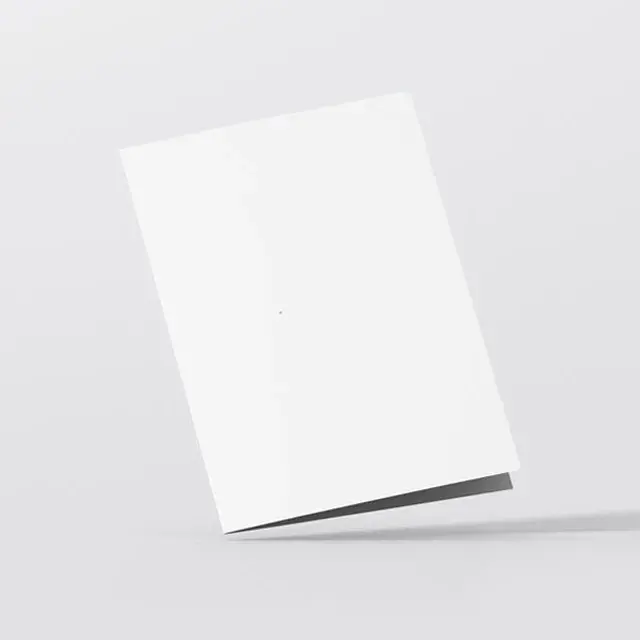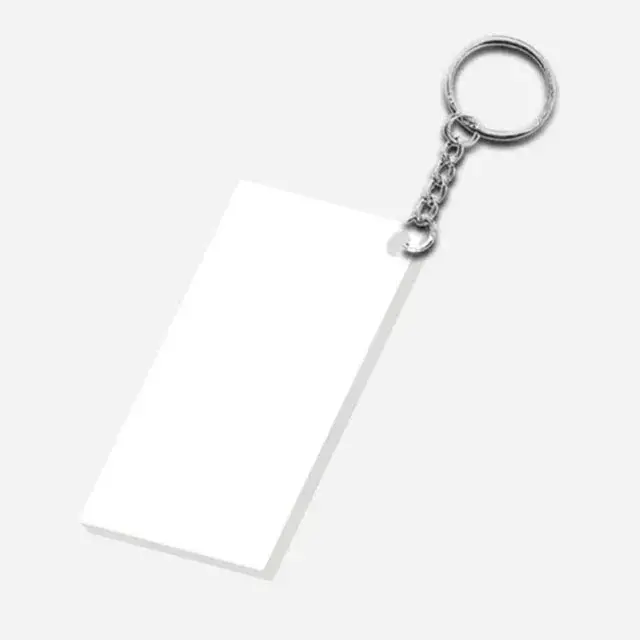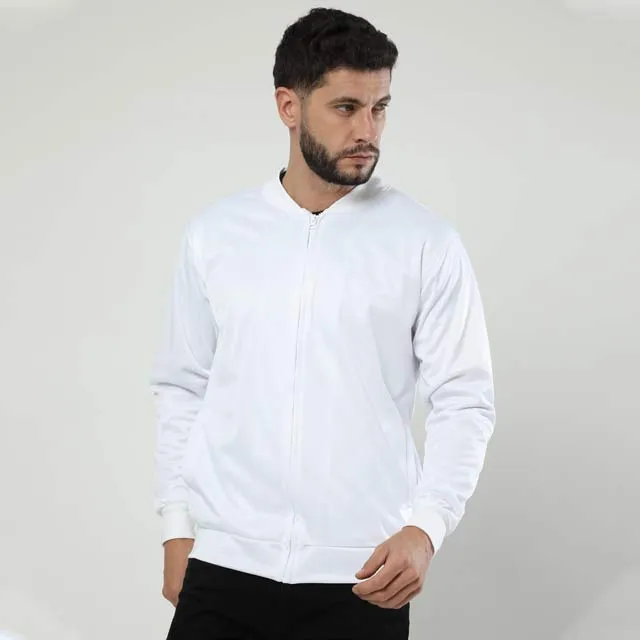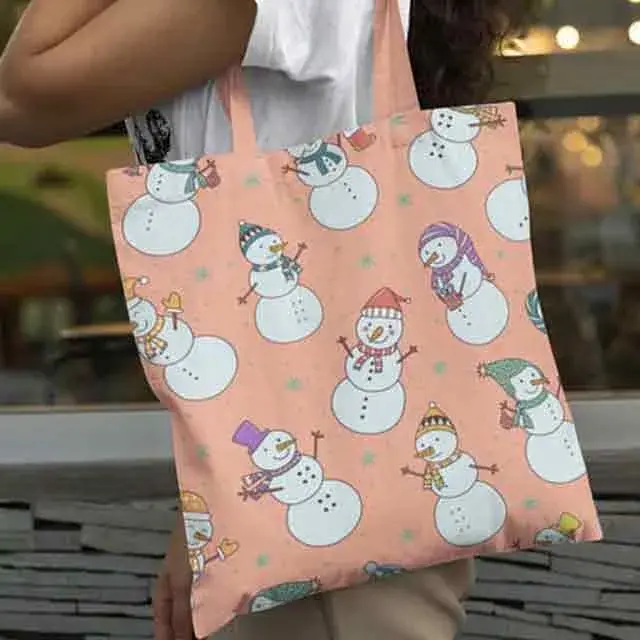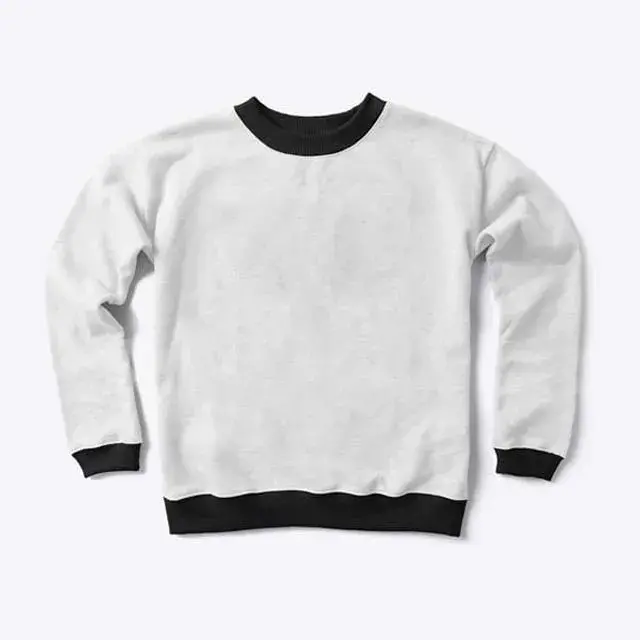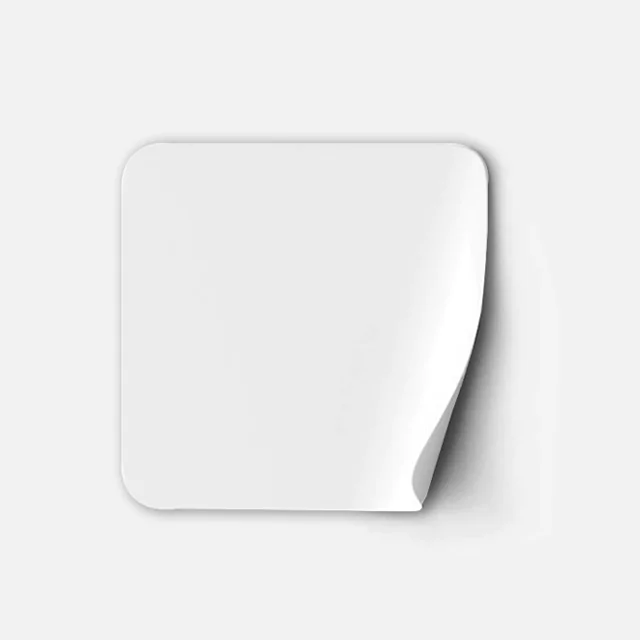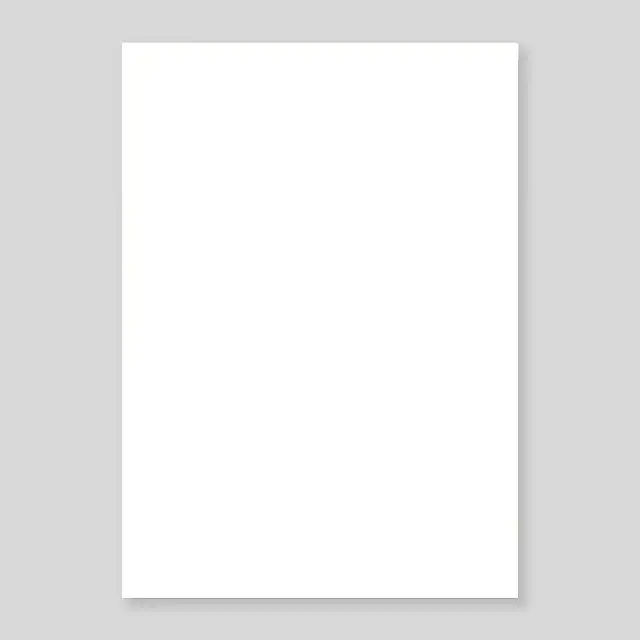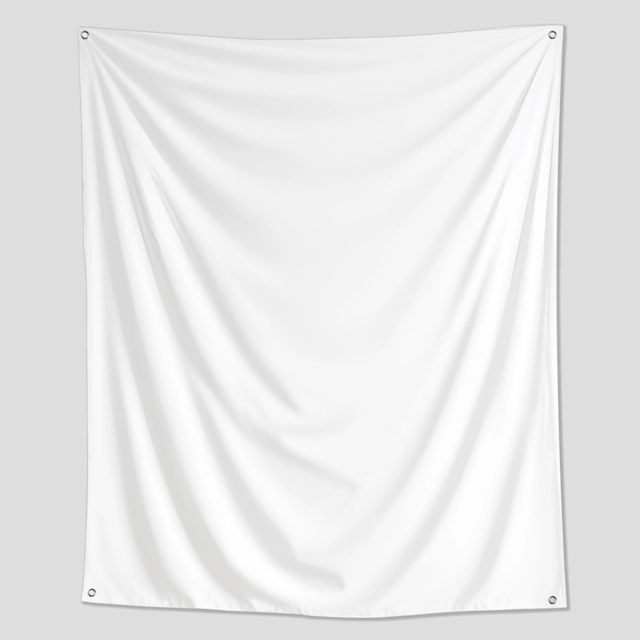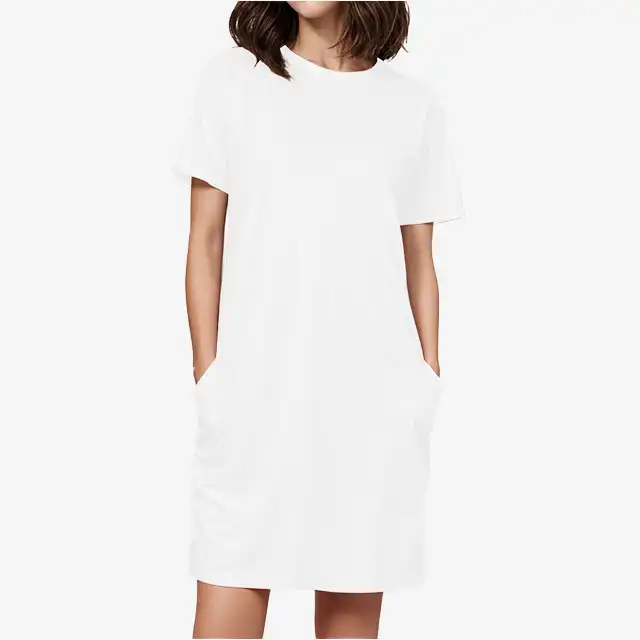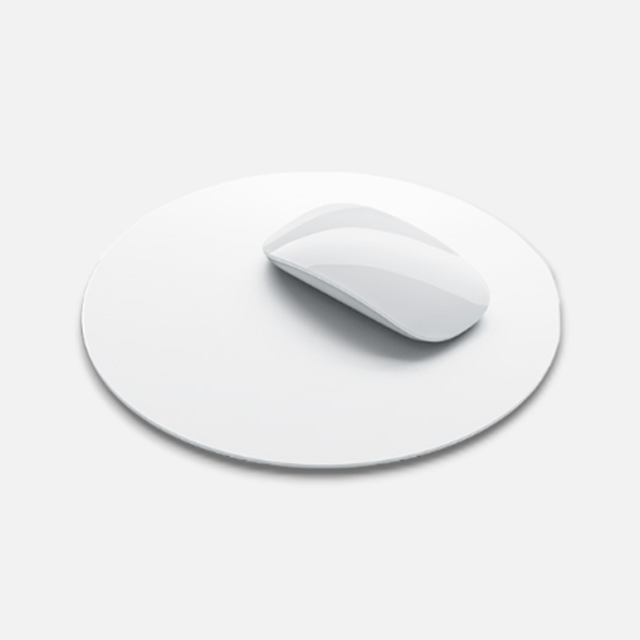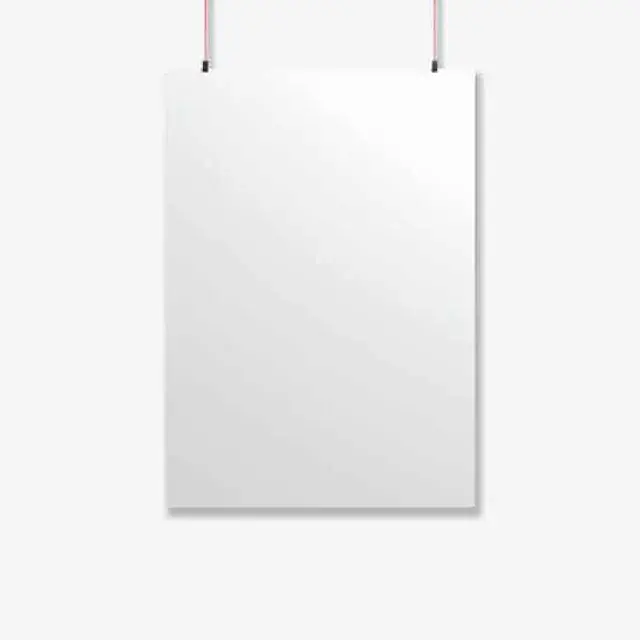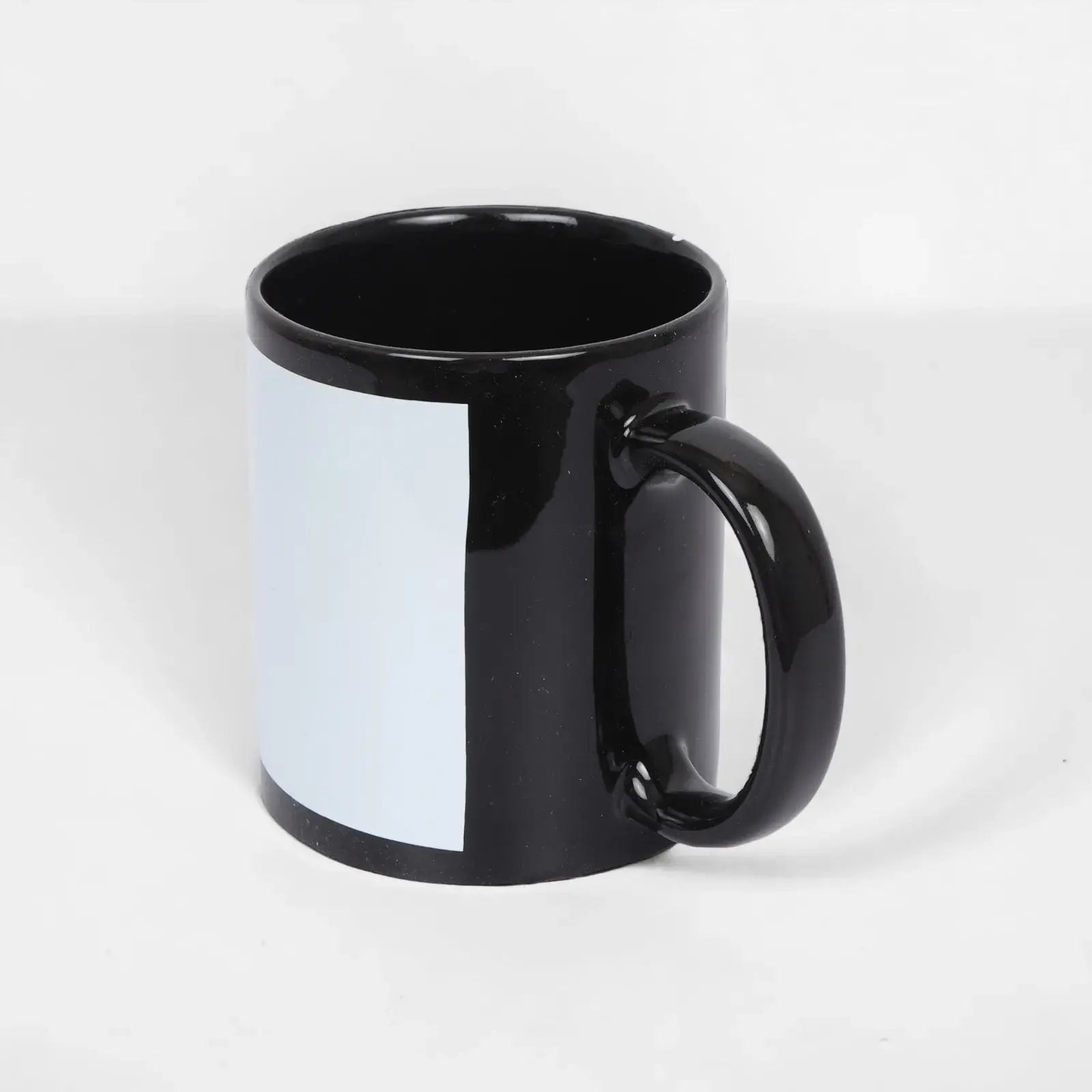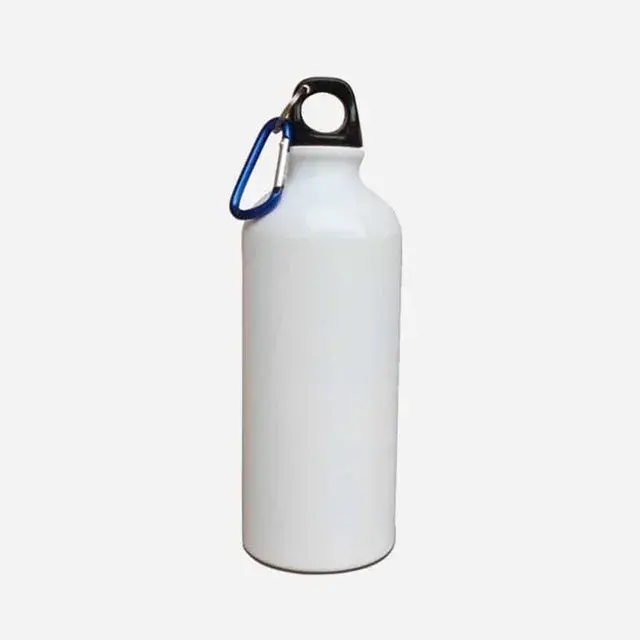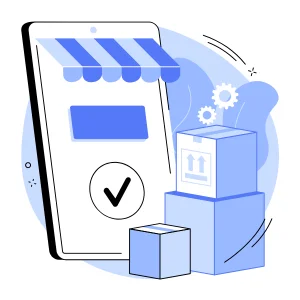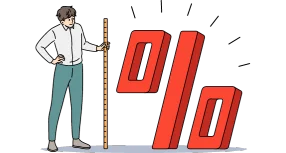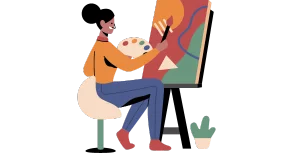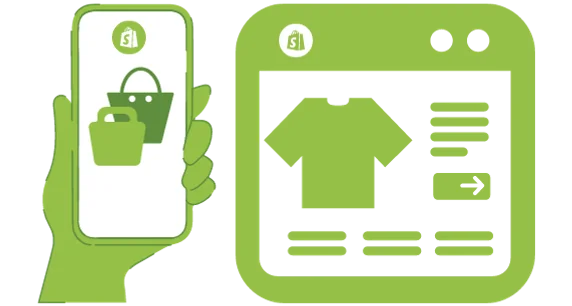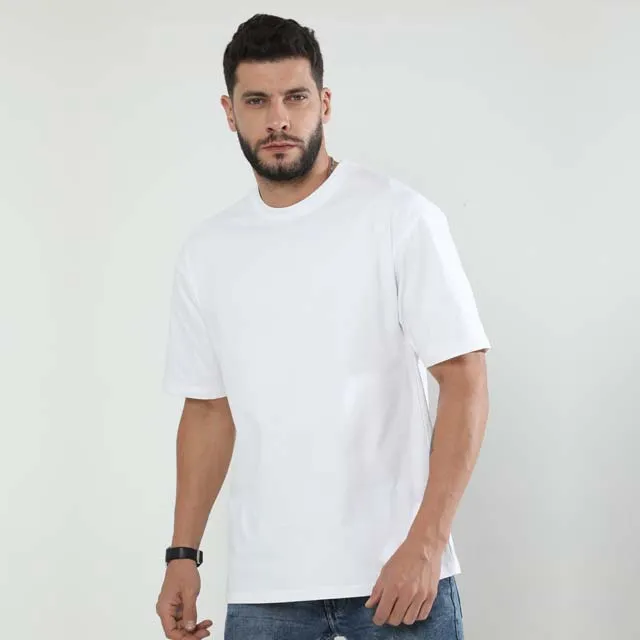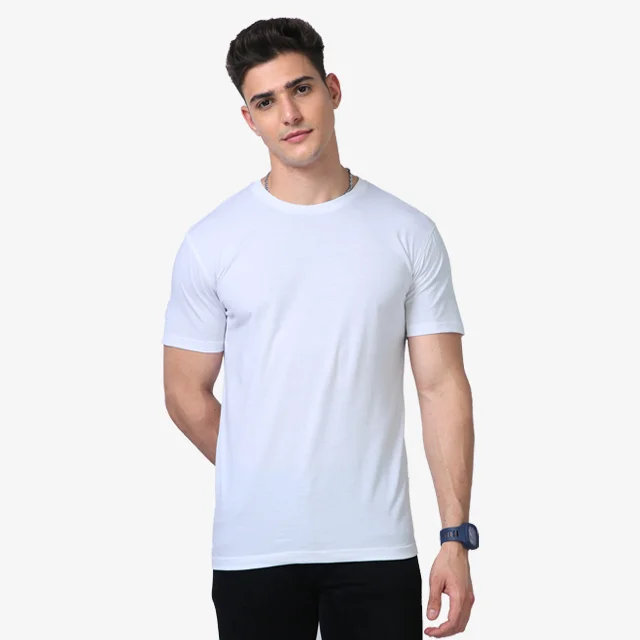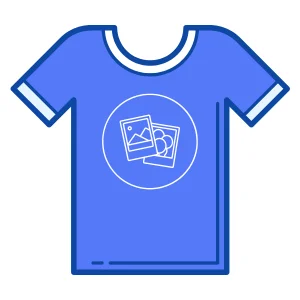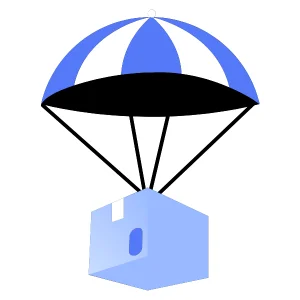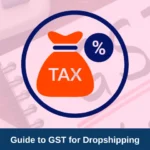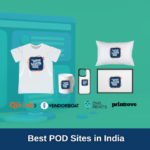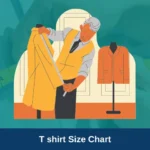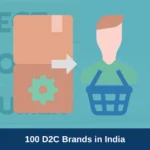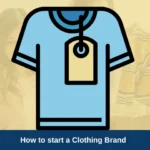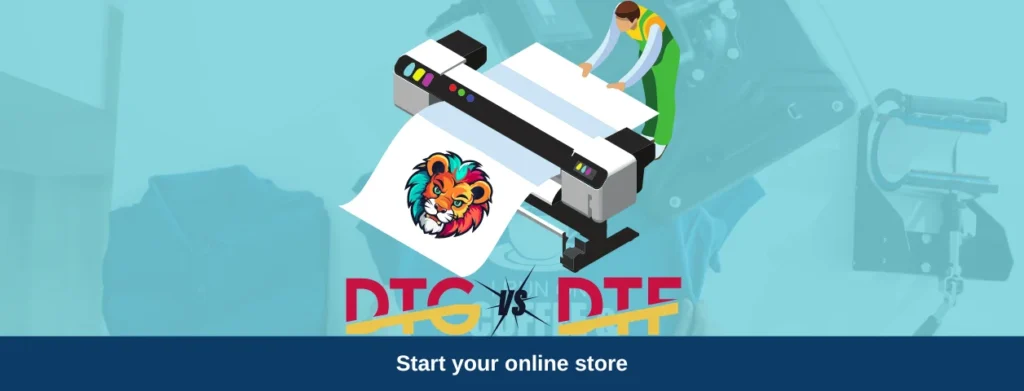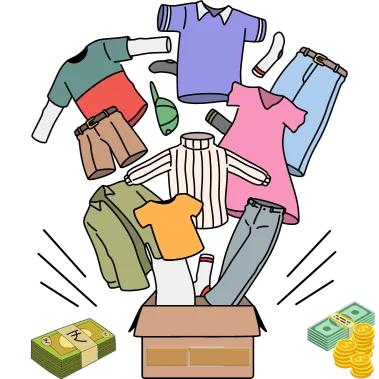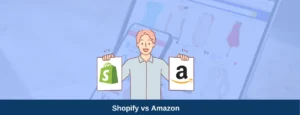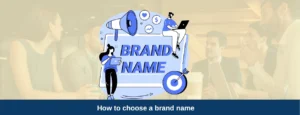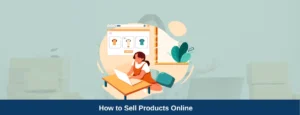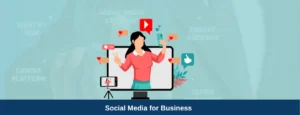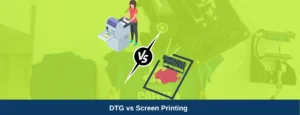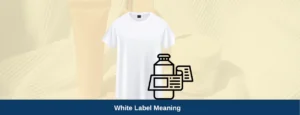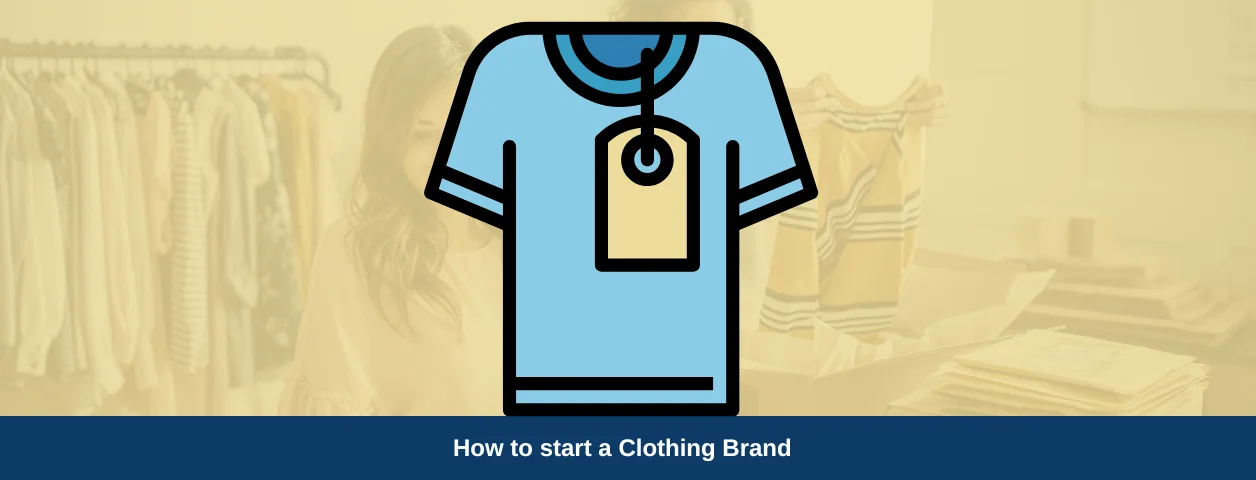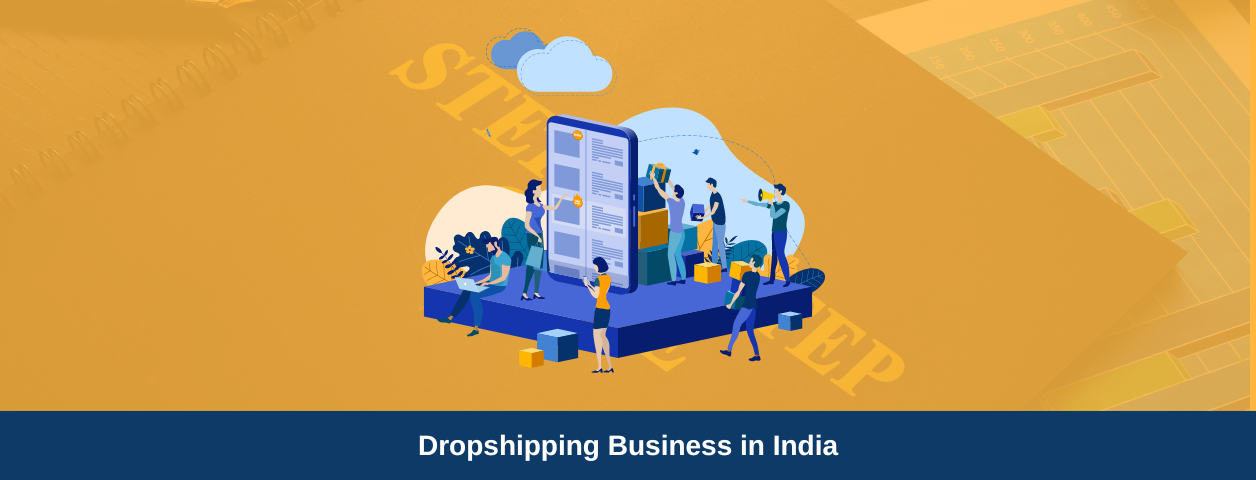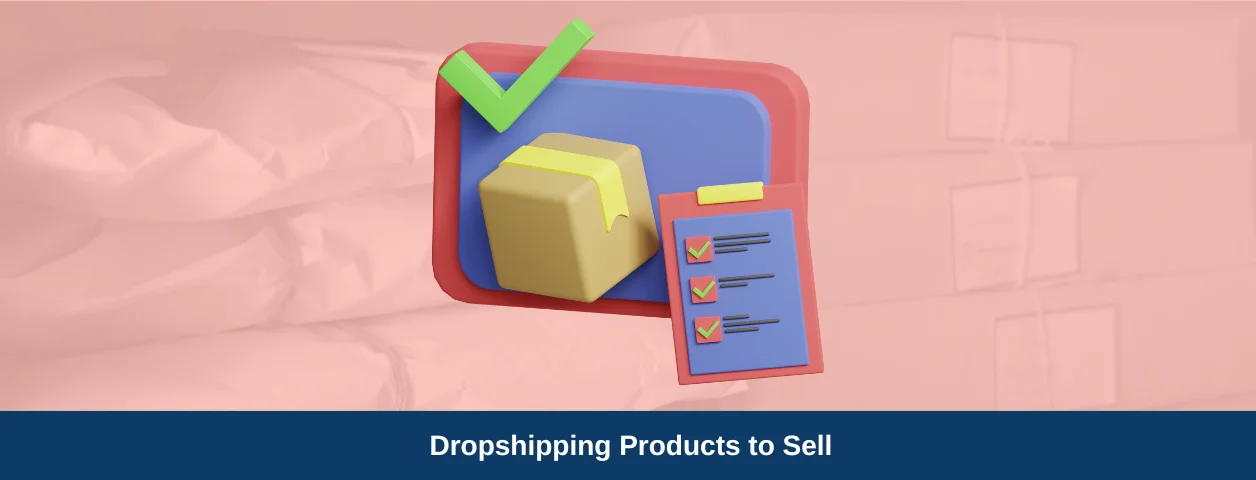Are you curious about print-on-demand?
Traditional methods like screen printing and heat transfers were time-consuming and limited. However, POD technology changed the game by enabling on-demand printing directly on the fabric, offering unlimited colour choices and intricate designs.
When it comes to print-on-demand, choosing between DTG and DTF printing is crucial. So let’s explore DTG and DTF printing to understand their pros, cons, and key differences for print-on-demand success.
In this guide, we’ll highlight the main differences between these methods to help you make the right choice for your needs.
DTG vs DTF Printing: key differences at a glance
Here are the key differences between DTG printing and DTF printing methods:
Aspect | DTG Printing | DTF Printing |
Printing Process | Ink is sprayed directly onto the garment | Design is first printed on a PET film and then transferred to the garment using a heat press |
Fabric Compatibility | Best for cotton and cotton blends | Compatible with various fabrics like cotton, polyester, silk, and linen |
Print Quality | Excellent print quality with vibrant colors and smooth gradients | High print quality with a smoother finish compared to vinyl printing |
Cost | Generally more expensive due to higher equipment and ink costs | More cost-effective than DTG printing |
Durability | Moderate durability, proper care is required | More durable and resistant to washing and wear |
Printing Time | Slower process due to additional steps like pre-treating the garment | Generally faster process with fewer steps |
Ideal For | Small orders, intricate designs, testing new designs | Bulk orders, versatile printing needs, online sellers, print-on-demand services |
Print Feel | Soft and blended | Heavier and more textured (plastic-like feel) |
Start your print on demand online store with Qikink’s Seamless custom printing services.
High-Quality DTG and DTF Printing, No Minimum Orders, Quick Turnaround. Get Started Today!
👉 Sign up for free (trusted by 50,000+ sellers)
What is DTG printing?
Direct-to-Garment printing(DTG) is a digital printing technique that involves printing the design directly onto the fabric using specialized inkjet printers. The printer sprays the ink onto the garment, creating the desired design.
DTG printing allows for intricate designs and detailed artwork with a wide range of colours. It can accurately reproduce gradients, shading, and intricate details like photographs.
How does DTG printing work?
DTG printer works in 3 steps which sounds easy yet requires years of expertise
- Firstly, the fabric is pre-treated with a liquid that is an adhesive to the ink.
- Then, the garment is loaded on the platen, and the ink is sprayed as per the design.
- The apparel is heat-pressed or cured for long-lasting print.
What is DTF printing?
Direct-to-Film printing(DTF), is a method for printing on textiles. It involves printing a design onto a special PET(Polyethylene Terephthalate) film, then transferring it to fabric or garment using a heat press. This process creates durable prints with vibrant colours.
How does DTF printing work?
- DTF printing works by first printing the entire image onto a PET film, with white at the bottom.
- The image is reversed to ensure proper transfer.
- Then, the desired colour is selected and printed onto the white layer.
- Once the design is printed on the film, it is dried using powered glue on the back to secure the print. This powder acts as an adhesive between the inks and the fabric.
- The final step includes transferring the film onto the fabric using a heat press machine. The film is then peeled off from the material, transferring the design to the fabric.
👉Recommended resources: DTF Printing is a Game changer
DTG printing pros and cons
Pros of Direct-to-garment(DTG) printing:
- High-quality prints: Delivers vibrant, detailed prints with smooth gradients, perfect for various textile applications.
- No Setup Costs: Requires minimal setup, making it cost-effective for small batch orders or single-item production.
- Environmentally Friendly: Uses water-based inks and is energy-efficient, making it a sustainable option.
- Quick Turnaround: DTG printing is relatively fast, enabling quick turnaround times for orders, making it suitable for on-demand and time-sensitive projects. For example, Small orders take approximately 2 days to complete in DTG printing
Cons of Direct-to-garment(DTG) printing:
- Dark printed clothes may crack over time due to the need for a white background, where white ink is used, which can form colloidal objects.
- DTG printing is limited to relatively flat products and may not work well on uneven surfaces.
- Relatively expensive
👉 Check out our guide to find DTG printing limitations.
DTF printing pros and cons
Pros of direct-to-flim(DTF) printing:
- High Print Quality: DTF printing offers excellent print quality, providing a smoother finish compared to vinyl printing, Also, DTF prints are fade and peel-proof.
- Cost-Effective: DTF is cheaper than DTG printing while offering similar functionality. However, the print look and feel play a significant role in the cost-effectiveness.
- No Colour Restrictions: There are no limitations on design colours in DTF printing, enabling printing from single-colour to multi-colour designs with vibrant colours, shades, and patterns.
- No Fabric Restrictions: DTF is compatible with various fabrics like cotton, polyester, silk, and linen, offering scalability for online sellers without fabric limitations.
- No Minimum Quantity: DTF is print-on-demand friendly, allowing printing on garments as per demand, reducing the need for inventory storage and partially contributing to eco-friendliness.
Cons of direct-to-flim(DTF) printing:
- The printing process is simple, but the print feel is heavy and textured. Because of the fixing powder, there is a plastic, glossy, and less blended feel.
- It won’t be your ideal print technique if you wish to sell a premium quality product and provide your customers with a soft, blended, and comfortable feel.
- It is simply not as smooth and light as DTG printing.
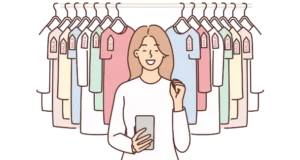
DTG vs DTF Printing: Which one is more expensive?
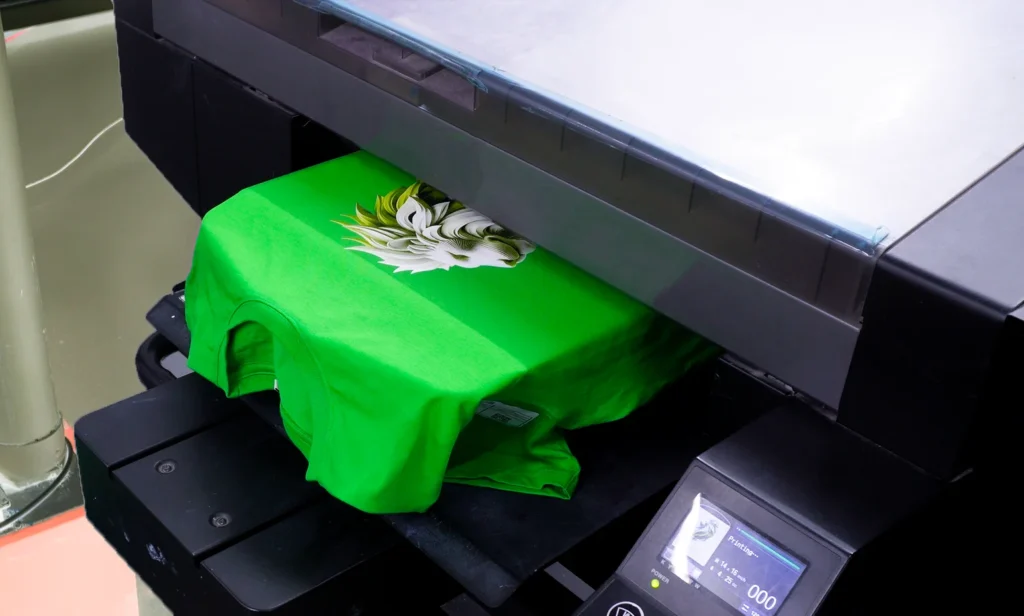
DTG Printing
DTG printing is generally more expensive than DTF printing due to equipment Costs and ink Costs. However, the cost of DTF printers can vary depending on the features, quality, and brand.
DTG printing setup costs range from ₹12 lakhs to ₹20 lakhs, while DTF printing costs average around ₹2 lakhs to ₹12.5 lakhs, it’s depending on the design complexity.
DTG vs DTF Printing: Which one is more durable?
DTF printing tends to be more durable than DTG printing. The heat-activated adhesive process in DTF creates a strong bond with the fabric, making it more resistant to washing and wear compared to DTG prints.
While DTG prints can also last a long time proper care like washing in cold water, using gentle detergents, and avoiding excessive heat when drying can help maintain their quality. However, factors like printing process quality and fabric type also play a role in longevity.
Which one takes more time— DTG or DTF Printing?
DTG printing generally takes more time than DTF printing. This is because DTG involves additional steps such as pre-treating the garment to help the ink bond with the fabric, Placing the garment on a platen, and then spraying water-based inks directly onto the fabric. In contrast, DTF printing requires fewer steps as the design is first printed onto a special film before being transferred to the garment, making it a quicker process overall.
Which one is better between DTG printing and DTF Printing?
- Both DTF printing and DTG printing have their advantages and disadvantages, The decision between DTF printing and DTG printing depends on your specific needs.
- DTF printing provides fast and versatile printing on various fabrics like cotton, polyester, silk, and linen fabric, while DTG printing delivers durable and vibrant prints specifically on cotton and cotton blend fabrics.
- DTF printers excel in efficiency for bulk orders by printing on multiple items simultaneously, while DTG is more suited for small-quantity orders
- Consider your requirements carefully to determine which printing method best suits your needs.
When to choose DTG printing
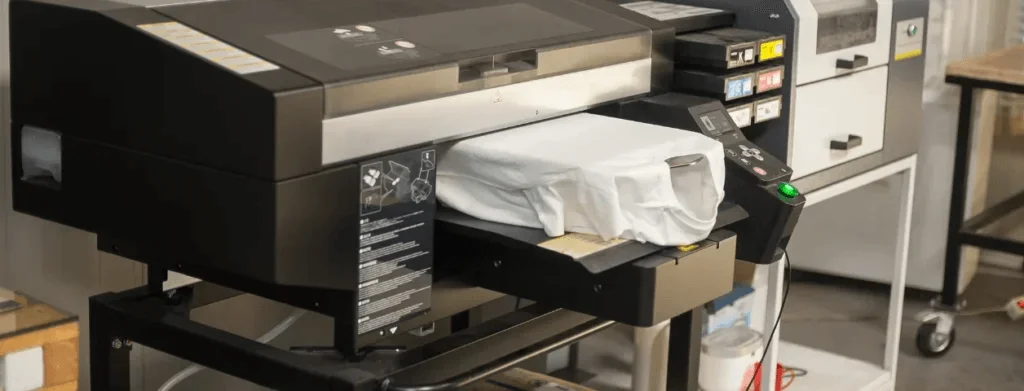
Consider choosing DTG printing when:
Printing on fabrics like cotton and cotton blends:
DTG is ideal for these materials as they provide a suitable surface for the ink to adhere to, resulting in vibrant and durable prints.
For small orders or designs with multiple colours:
DTG is perfect for small quantity orders or intricate designs with multiple colours. It offers efficiency without extra costs for each colour used.
For intricate designs with multiple hues:
DTG accurately reproduces complex patterns and gradients, resulting in visually appealing prints with multiple hues.
For launching new designs to a new audience:
DTG allows quick turnaround times and on-demand printing, making it great for testing new designs and targeting specific audiences.
When to choose DTF printing
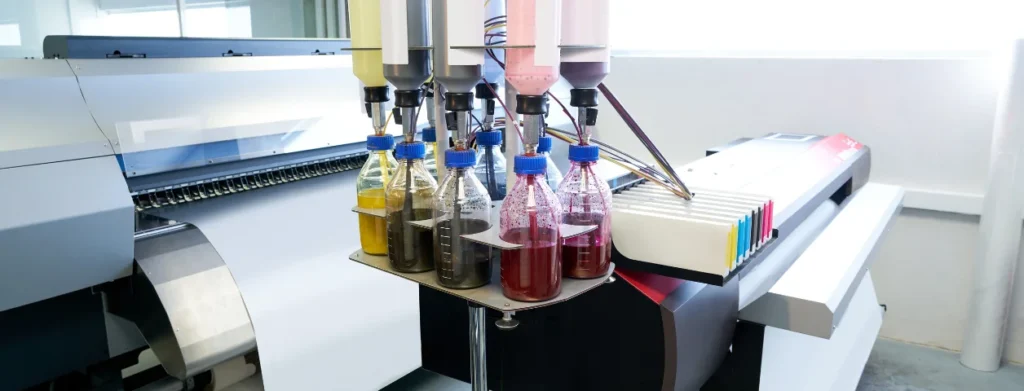
Consider choosing DTF printing when:
Compatibility with Various Fabrics:
DTF printing works seamlessly with fabrics like cotton, polyester, silk, and linen, offering scalability for online sellers without any fabric limitations.
Versatility in Surface Printing:
If you require printing on different surfaces for customization and personalization purposes, DTF printing offers the flexibility you need.
Small to Medium-Sized Businesses, Print-On-Demand Services, or Online Sellers:
If you operate in any of these sectors and seek flexibility in meeting customer demands, DTF printing is the ideal solution.
Key Factors Such as High Print Quality, Cost-Effectiveness, No Color or Fabric Restrictions, and No Minimum Quantity Requirements:
If these factors are crucial for your printing needs, DTF printing checks all the boxes.
Print-On-Demand Friendly:
DTF printing allows printing on garments as per demand, reducing the need for inventory storage and contributing to eco-friendliness.
👉Recommended Guide: DTF Printing Help Guide
Choose the best print on demand platform with high quality DTG and DTF printing options
- Qikink provides the best high-quality DTG and DTF printing services with no MOQ(Minimum Order Quantity), quick turnaround time, eco-friendly practices, and unparalleled quality.
- Qikink is equipped with the best printing infrastructure including EPSON, Brother, and Mimaki is under one roof for apparel to accessories.
- Apart from having the largest Direct to Garment facility in India, Qikink is also equipped with Eco-Solvent, UV, Sublimation, Screen Printing, and Digital Transfer printers to fulfil Print on Demand and bulk orders.
- All of our printing inks are OEKO-TEX certified, which means your custom-printed products come with a gold standard.
How much does it cost at Qikink for DTG and DTF printing?
DTG Printing Cost:
Printing Charges | Pricing Rs. | Minimum | GST |
DTG Printing: Color Garment | ₹0.75 / Sq.Inch | ₹100 | 5% |
DTG Printing: White Garment | ₹0.5 / Sq.Inch | ₹50 | 5% |
DTF Printing Cost:
Printing Charges | Pricing Rs. | Minimum | GST |
DTF Printing | ₹0.75 / Sq.Inch | ₹80 | 5% |
Choose your preferred printing method (DTG or DTF) based on your requirements with Qikink. Where we handle custom printing, custom labelling, packing, and fulfilment of all your store orders. With our comprehensive services, you can focus on marketing while we assist you in increasing your brand visibility.
